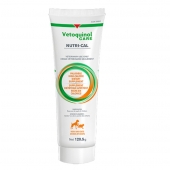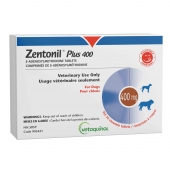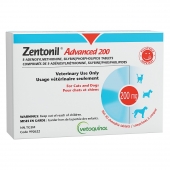If your cat seems to be scratching themself excessively, it may be because of a harmless itch or it may be fleas are to blame. Considering how quickly this parasite can reproduce and the many dangers it presents to both animals and humans, it’s better to be safe than sorry. Here’s what cat owners should know about cat fleas.
The cat flea lifecycle
Adult fleas feed, live and mate while attached to their animal host. The female lays eggs that eventually fall off the animal and remain in the environment until they’re ready to hatch into larvae. A single flea can produce up to 50 eggs in a day, which can then hatch in as little as two days, showing just how quickly an infestation can get out of control.
Larvae build themselves a cocoon, where they remain dormant for weeks or months. When the conditions are right, they hatch into adult fleas and start looking for a new host, and the whole process starts again.
How does a cat get fleas?
A cat flea can cover up to 19 inches in a single jump, making it easy to travel from one host to the next, or hop up from the ground to cling to a pet exploring the outdoors. Animals like racoons or mice can carry fleas, and may leave behind eggs or larvae who remain hidden in your backyard, waiting for your cat to walk by.
What makes the cat flea dangerous
In addition to itching and excessive scratching that can cause skin infections, fleas can carry diseases that affect cats, dogs and humans. They can transmit tapeworms, a parasite that can infect both pets and their owners. In rare cases, fleas can also transmit Rickettsia bacteria, a bacteria that can cause chills, fever, headaches, vomiting and rash. Cat fleas feed by sucking their host’s blood through the skin, which may cause kittens and frail, older cats to develop anemia.
Checking for cat fleas
If your cat has been grooming or scratching themself more than usual, a quick visual inspection will let you know if cat fleas are the culprits. Lay down a white towel on the floor and comb your cat thoroughly with a fine-toothed flea comb, paying special attention to the back of the neck, armpits and top of the tail head. Check the fur and white towel for any black specks (which could be dislodged flea feces) or moving fleas. If you find fleas, contact your veterinary clinic for treatment and instructions on how to rid your home of any possible eggs and larvae, to prevent reinfestation.
Preventing cat fleas with parasite protection
Specially formulated products can act as a flea preventative, preventing parasites from infesting your cat. Topical application treatments (applied directly to your cat’s skin) containing active ingredients like selamectin are usually more effective than shampoos and sprays. Oral tablets are another option, although this typically requires hiding the tablet in your cat’s food and may prove to be challenging with some cats.






